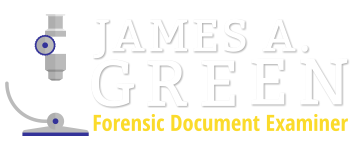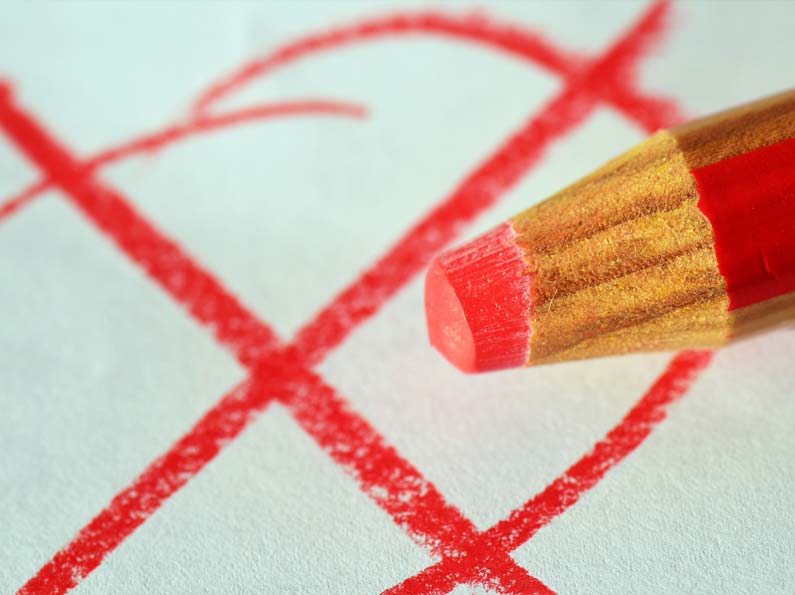When evaluating questioned handwriting or signatures, document examiners follow a meticulous process to ensure accuracy and reliability. However, before reaching a conclusion, they must first assess the quality of the evidence available. Several key factors influence their ability to provide a strong opinion, including the type of documents submitted, the number of known handwriting specimens, and how closely those specimens align with the questioned writing in terms of date and context.
Understanding the Levels of Opinion in Document Examination
While clients often hope for a definitive answer regarding a signature or handwriting dispute, document examiners provide conclusions based on a well-established scale of certainty. In forensic handwriting analysis, experts typically use one of the following nine opinions:
- Identification – The highest level of certainty that the individual did write the questioned document.
- Highly Probable (Did Write) – Strong evidence supports the writer’s authorship, but some limiting factors prevent full identification.
- Probable (Did Write) – Evidence suggests the individual likely wrote the document, but it falls short of certainty.
- Indications (Did Write) – Some evidence points toward the person as the writer, but it is not conclusive.
- Inconclusive – The evidence is not sufficient to determine authorship either way.
- Indications (Did Not Write) – Some evidence suggests the individual did not write the document, but it is not definitive.
- Probable (Did Not Write) – The evidence leans toward the person not being the writer, but certainty is not reached.
- Highly Probable (Did Not Write) – Strong evidence suggests the individual did not write the document, though some minor uncertainties exist.
- Elimination – Conclusive evidence determines that the individual did not write the document.
Since handwriting and signatures naturally vary, absolute identification or elimination is not always possible. However, the strength of the opinion depends significantly on the quality of the provided documents.
How to Strengthen a Document Examiner’s Analysis
If you are working with a document examiner to authenticate a signature or handwriting, there are steps you can take to help them reach the strongest possible conclusion:
- Provide Original Documents Whenever Possible
- Originals offer the most reliable evidence, allowing examiners to assess ink flow, pressure, and natural writing characteristics. If only copies are available, provide the highest-quality version possible.
- Submit Multiple Known Handwriting Samples
- To establish a valid comparison, document examiners need several samples of the suspected writer’s handwriting or signature.
- These samples should be from the same timeframe as the questioned document to account for natural changes in handwriting over time.
- Ensure Contextual Accuracy
- The conditions under which handwriting was created can influence its characteristics. If the suspected writer had medical issues, an injury, or was under the influence of medication, alcohol, or drugs at the time, inform the examiner.
- If the writing surface or stance was unusual (e.g., writing while standing or on an uneven surface), this can also affect the handwriting and should be communicated.
- Maintain Clear Communication with the Document Examiner
- Discuss the details of your case openly and provide any relevant background information.
- Clarifying the document’s history, potential alterations, and other contextual factors will help ensure the most accurate analysis possible.
Why Accuracy Matters in Document Examination
Document examiners play a crucial role in resolving disputes related to forged signatures, altered documents, and questioned handwriting. Their expertise is often used in legal proceedings, financial fraud cases, and business disputes, where the authenticity of a document can have significant implications.
While a black-and-white answer is not always possible, providing high-quality evidence and clear context can strengthen the examination process. When working with a document examiner, ensuring they have the best materials available is the key to obtaining a well-supported and reliable conclusion.

